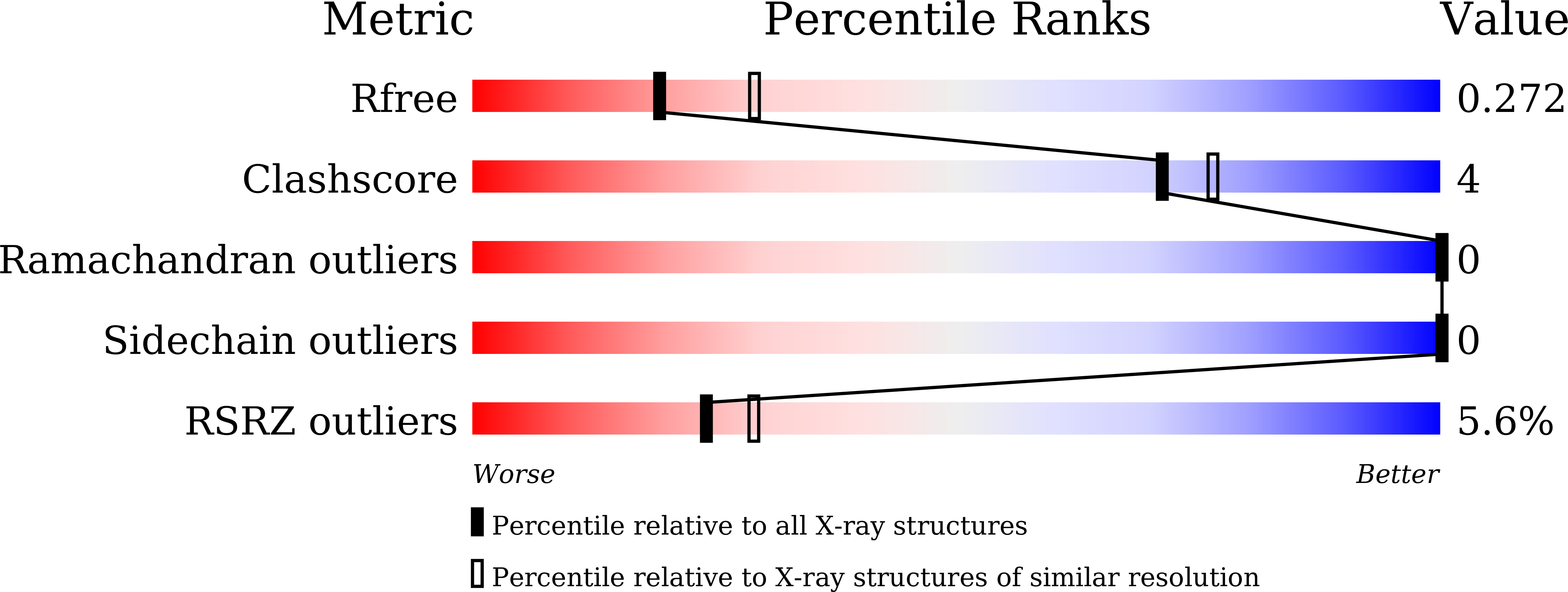
Deposition Date
2020-12-17
Release Date
2021-05-19
Last Version Date
2024-10-16
Method Details:
Experimental Method:
Resolution:
2.55 Å
R-Value Free:
0.27
R-Value Work:
0.21
R-Value Observed:
0.21
Space Group:
P 1 21 1


